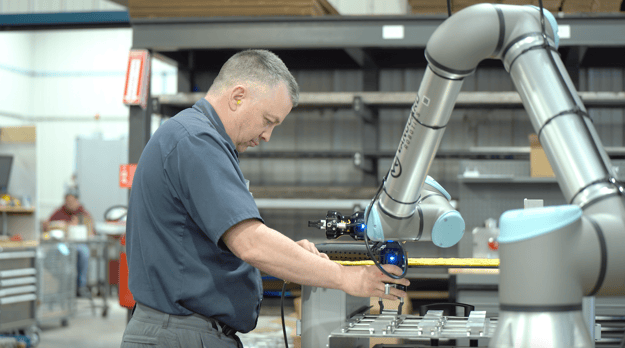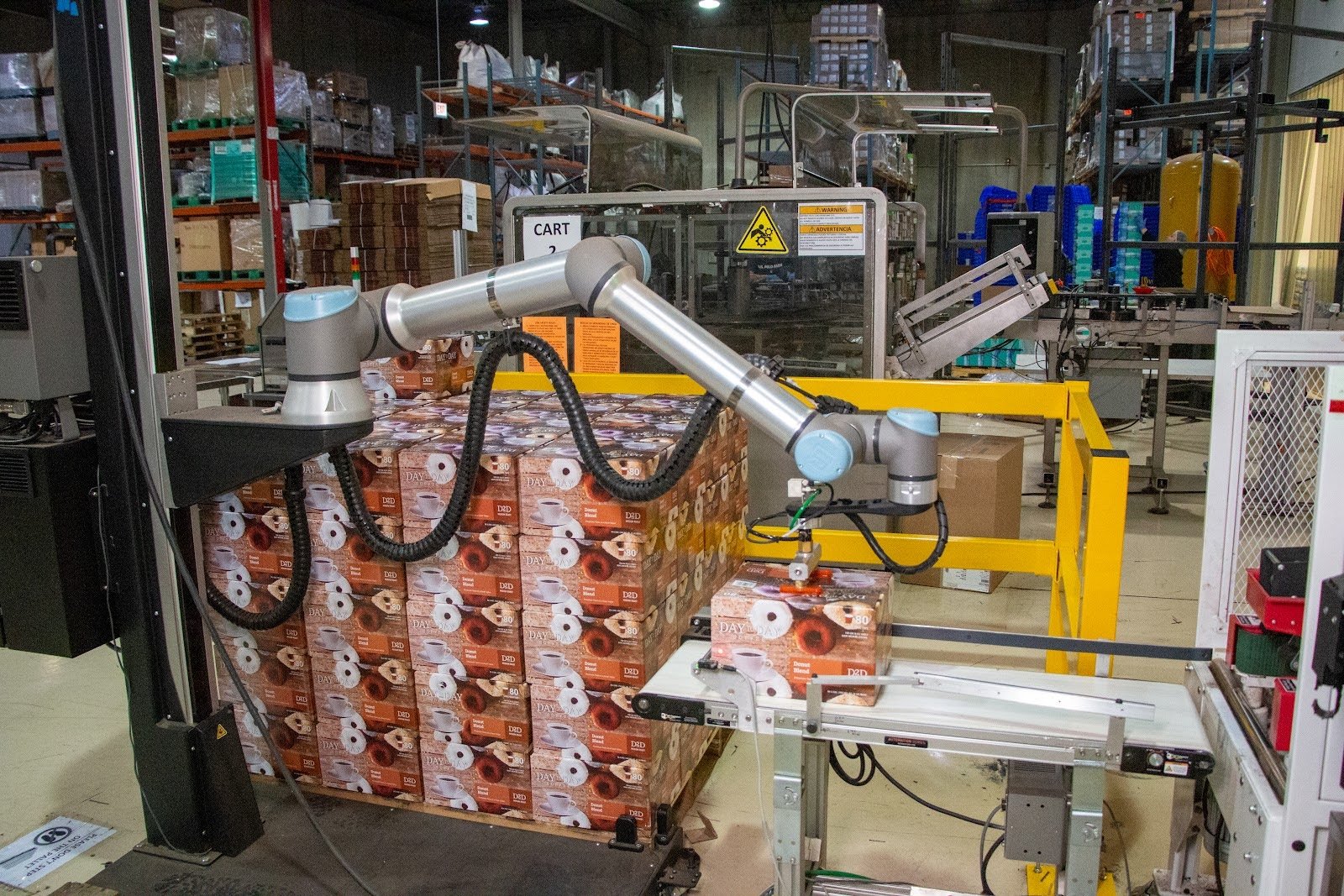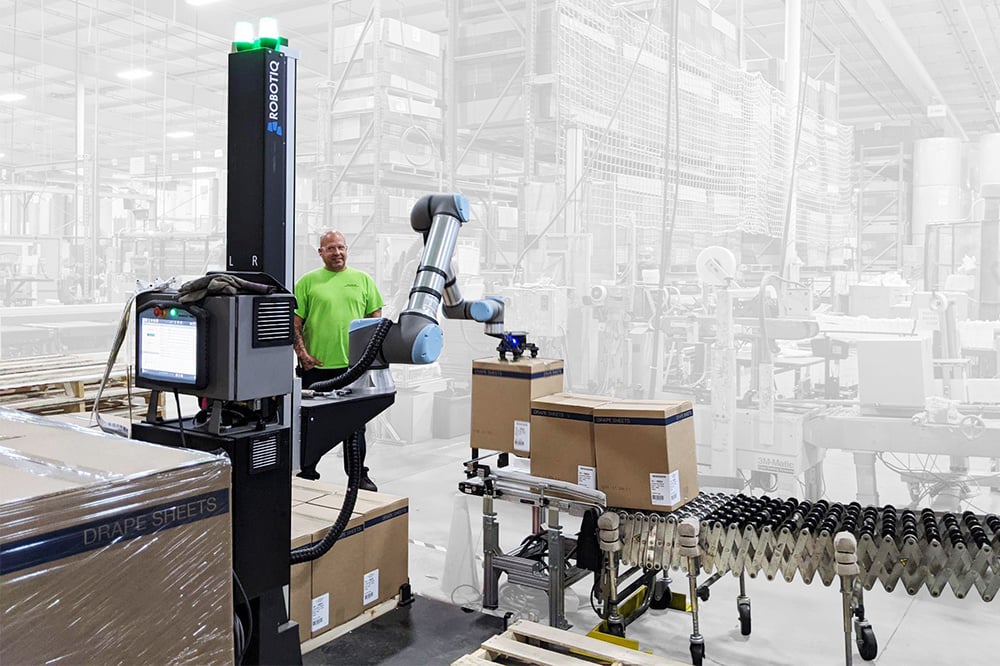Machining Industry Outlook: Strategies to Stay Ahead in 2023

Posted on Jan 03, 2023 in Manufacturing
5 min read time
For some companies, 2022 has been a promising year. After the global pandemic, the machining and manufacturing industry has slowly gained momentum, which has meant a good outlook for 2023.
For other companies, this past year has been difficult. But now is a time to pause and reflect on how you can thrive over the next few years.
If you want to stay ahead of the competition, you need to understand the forces that will affect your industry over the 12 months. With this knowledge, you then need to set up strategies that will help you succeed.
What can you expect from the machining and manufacturing industry in 2023?
Here are some of the trends, technologies, and issues that you should know about…
What forces will shape the machining industry in 2023
In 2023, several of the forces that will shape the machining industry are the same ones we have already experienced over the past few years.
For example, the "digital transformation" continues to affect manufacturing. As digital technologies become increasingly more accessible, there are even more ways to incorporate them into our businesses. With the rise of collaborative robot application kits, for example, even more companies can add robots to their processes than ever before, even without previous robotics knowledge.
Other key forces that will continue to shape the machining industry include skills shortages, smart factories, supply chain disruptions, and more.
If you want your machining business to thrive over the coming year, it helps to recognize how these forces might affect your specific business.
5 manufacturing trends to watch out for in 2023
We can already see the trends that are likely to shape the machining industry over the next year and beyond.
What specific trends are affecting the outlook of the machining industry most?
Here are 5 key trends to keep your eye on:
1. Supply chain disruptions continue
With various international situations still causing global supply chain disruption, your machining company needs to find ways to adapt. Strategies like "reshoring," local sourcing, and alternative supply chains are becoming increasingly important.
Back in 2019, we noted that the "offshoring bubble" (where companies moved all their operations to cheaper markets) hadn't popped suddenly, but was gradually deflating. More and more companies are now seeing the truth in this, as they realize that robotic automation is safer than relying on an offshore supply chain that could easily collapse.
2. Outsourcing is rising
Despite the fall in offshoring, robots and in-house production aren't for everyone. Some companies are currently going the other way and outsourcing more of their manufacturing.
Sports equipment manufacturer Peloton, for example, outsourced all of its manufacturing in 2022 and 48% of companies reported an increase in outsourced manufacturing.
If you supply other companies with machining services, this trend could be beneficial for you. But remember that local outsourcing is less risky than offshoring.
3. Digital manufacturing reaches a tipping point
We've seen digital manufacturing solutions become increasingly sophisticated over the past few years. This trend is likely to continue in 2023.
Our visit to the Automatica 2022 trade show this year showed a great demand from customers for intuitive, integrated solutions that work out of the box. This trend is expanding the number of manufacturers that can add automation to their processes.
4. Talent management strategies are vital
We explained earlier this year why labor shortages are shaking up the manufacturing all over the world right now.
As machining companies move from manual labor to more automated technology, there is a tremendous demand for personnel who can operate robotic technology. According to a Deloitte industry report, talent management is one of the most important concerns for manufacturing companies this year.
5. Focus on waste reduction
Sustainability has been a trend in the manufacturing industry for years now. But the focus on social and environmental responsibility continues to increase in importance.
Waste reduction is not just a question of environmental impact. If you are looking for ways to make your machining company more efficient, reducing your waste is one way to achieve that. By reducing your machining waste and scrap materials, you reduce the cost of production.
Why supply chain and talent retention are top in 2023
If you have to choose just one or two trends, which should you focus on in 2023?
Of the list above, probably the most relevant for most companies are supply chain disruptions and talent retention.
According to the Deloitte manufacturing outlook 2022, in the past year, 80% of company executives have experienced negative supply chain impacts and 90% believe these disruptions have increased in frequency over the past decade.
At the same time, one third of executives said that their strategic priority for 2023 was to retain high-performing employees.
Machining and manufacturing companies are looking for reliable ways to weather the challenges caused by supply chain disruptions and keep their best people. They need strategies that are quick to implement, don't cost too much, and will create a significant and measurable impact on the business.

How to get ahead of the competition (and stay ahead)
What can your business do to elegantly weather these storms over the next year?
Many companies are turning to robotics. Robotic automation can help you to both respond to supply chain disruption and retain your talent.
With robots, your business can be more robust to international disruptions. Instead of relying on offshore labor, automation can help you keep more operations in-house.
Robotic automation can also provide a way to implement talent upskilling, giving your employees more of a reason to stay in their jobs. By training them to use robots, your employees gain valuable skills for their career and they can move to more rewarding, higher-value activities.
We don't know for sure what the next year has in store for us…
But if you want to stay ahead of the curve in 2023, robotic automation is certainly a technology worth your attention.
What trends do you think will dominate over the next year? Tell us in the comments below or join the discussion on LinkedIn, Twitter, Facebook, or the DoF professional robotics community.





Leave a comment